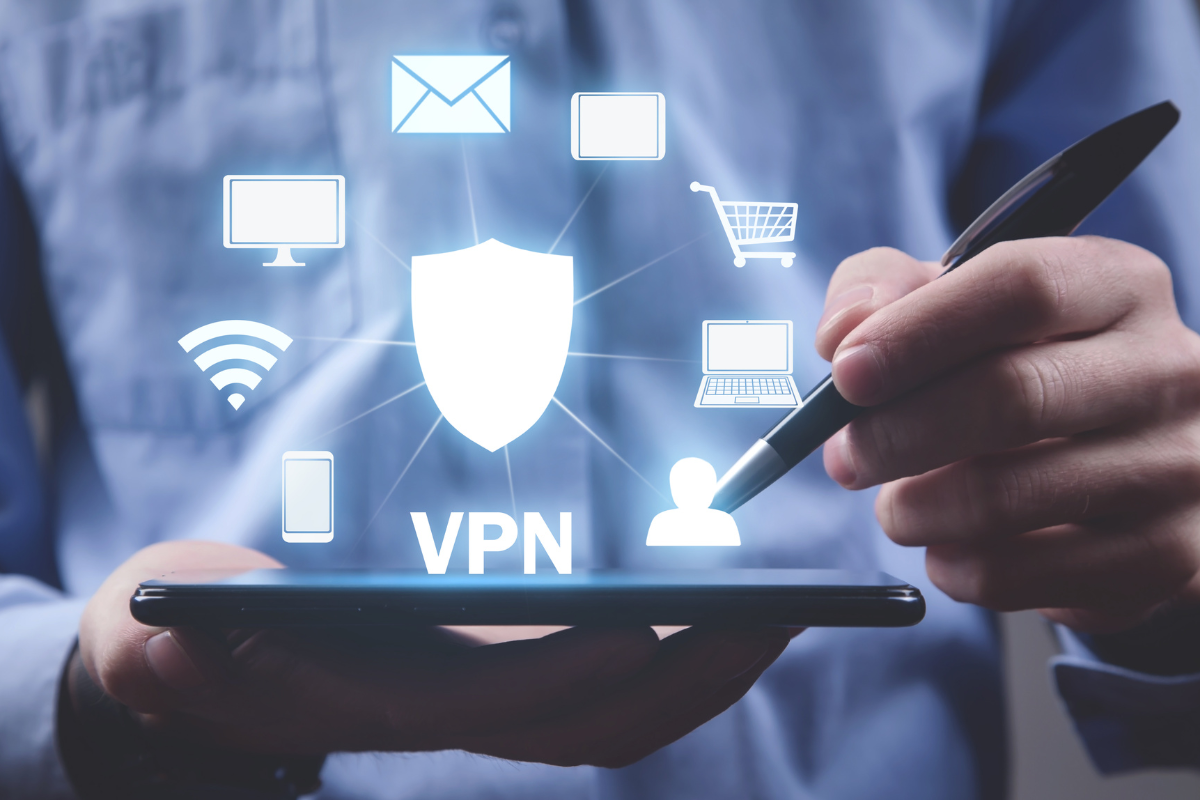Small businesses find themselves in highly vulnerable positions when examining their ability to combat hackers and other cybercriminals.
Cybersecurity typically needs significant investment and a small business often lacks the resources to ensure top-notch network security.
The good news is that thanks to the relatively low complexity of small business networks, securing them is as simple as following a few best practices.
Here are four steps every small business owner must take to secure their networks at all times.
Post Contents
Understand The Existing State Of Security
Some small business owners inadvertently make a huge mistake when examining their cybersecurity preparedness.
They rush to buy the latest tools without taking the time to examine which solution fits their needs best.
A security audit is the first logical step when implementing network security, and small businesses are not exempt from this.
An audit examines the current state of security and reveals gaps in protection. For instance, a small
business might have good antivirus protection but its firewall might not be filtering out all malicious traffic. Or, the business might be neglecting data backups or storing them in vulnerable locations.
These foundational issues need to be rectified before installing a sophisticated security solution.
Detailed audit reports also give cybersecurity vendors insights into how they can customize their products to suit a company’s needs.
For example, a solutions provider could offer a reduced version of their product at a lower price to account for small business needs.

Monitor Traffic Regularly
After the audit is complete and a solution installed, most small businesses commit another mistake and assume their work is finished.
This view assumes the cybersecurity solution handles everything on its own and doesn’t need any support.
The fact is that security solutions for SMBs don’t automatically guarantee full protection. They offer reports and insights into network activity to help SMB owners protect their networks.
This means SMBs must spend time analyzing traffic monitoring reports and executing the actions those reports recommend.
Failure to do so might result in issues being swept under the rug and in the long run, problems compound, creating bigger issues that the security tool might not be able to handle.
To act on these reports, SMBs must work with a person who can understand and execute them.
This resource can be an internal technical person or a contractor (like a virtual security officer) who understands the need for constant monitoring.
SMBs must note that mere technical knowledge doesn’t qualify someone to act as a security resource.
For example, a back-end developer will likely lack the skills needed to enact security changes.
Security skills are specialized and SMBs must pay attention to a person’s qualifications before tasking them with enacting changes.
Update and Backup
Updating and backing up sensitive data will do more to protect SMBs from a breach than any other action. Every software that an SMB uses must be updated regularly and patched.
Usually, software providers automatically update their products over the cloud or online and address vulnerabilities.
If a product does not come with this functionality, SMBs must monitor update statuses and check for patches from the software publisher.
When combined with regular backups, even a data breach can do little to obstruct an SMB’s usual course of business. However, choosing the right backup processes and locations is critical.
It’s best to run backups at scheduled intervals and preserve data with the highest risk as much as possible.
Typically companies store these backups in offsite locations on a separate network. In this scenario, if the primary network is compromised, the backup remains unaffected.
In addition to backups, SMBs must also draft a worst-case business scenario plan that defines all the actions they will take if a breach occurs.
This might sound like a pessimistic action, but it helps SMBs prepare for the worst and react accordingly.

Install VPNs and Examine Firewalls
VPNs or virtual private networks are a great way of preventing malicious actors from infiltrating a remote connection to a company’s network.
Many SMB employees work remotely and connect to company networks using private connections.
These connections often lack the protection company networks do and give malicious actors a way in.
Worse, some employees might use public wifi networks to connect to sensitive data, increasing the risk of a breach. VPNs secure these login points, irrespective of which network a user chooses to connect with.
In addition to VPNs, examining firewall configurations is a good step. Firewalls are a network’s first line of defense against malicious actors.
In an SMB’s case, firewall configuration is relatively straightforward, with most security tools offering prepackaged configurations that handle every need.
Despite this functionality, SMBs must conduct regular security audits to ensure their solutions are performing well.
Security Is Paramount
SMBs might not face the same volume of attacks as enterprises do but this doesn’t mean cybersecurity is less important for them.
The processes in this article will ensure SMB networks remain protected at all times and the chances of a breach remain minimal.






























